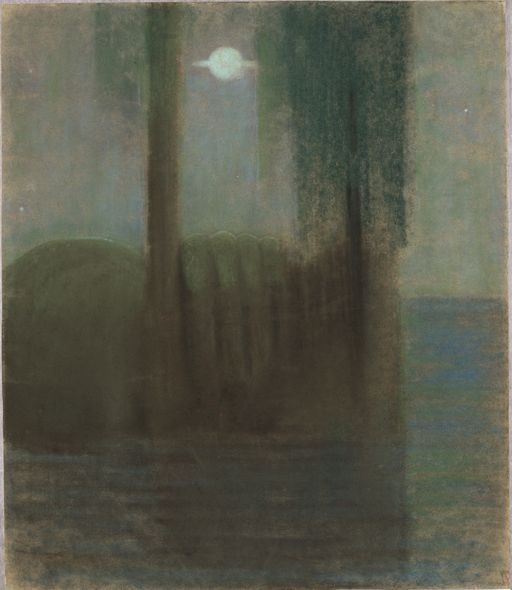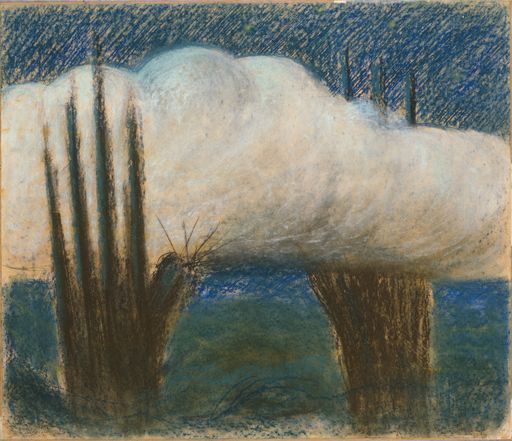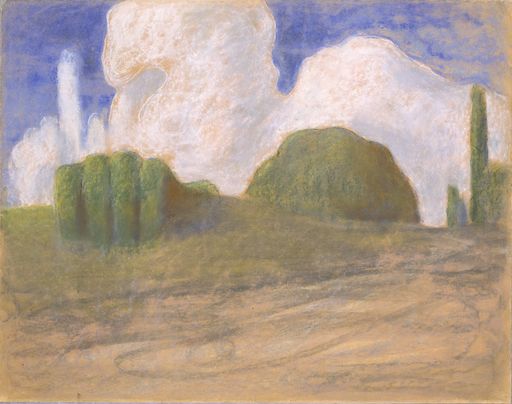Para. 4 paveikslų ciklas
Šiame cikle M. K. Čiurlionis bando apibendrinti gamtos gyvenimą per nuolat pasikartojančias ryto – dienos – vakaro – nakties būsenas. Tiesa, paveikslas „Rytas” yra neišlikęs. Gamta šiuose paveiksluose personifikuojama. Visuose paveiksluose pasikartoja plaštakos motyvas – su išskėstais, vienu pakeltu arba į kumštį sugniaužtais pirštais. Labai svarbų vaidmenį visuose paveiksluose turi debesys. Juose lyg atsikartoja žemėje vykstantis veiksmas, tik jau dieviškajame lygmenyje.



